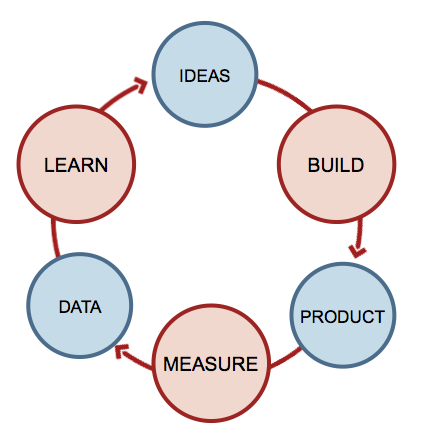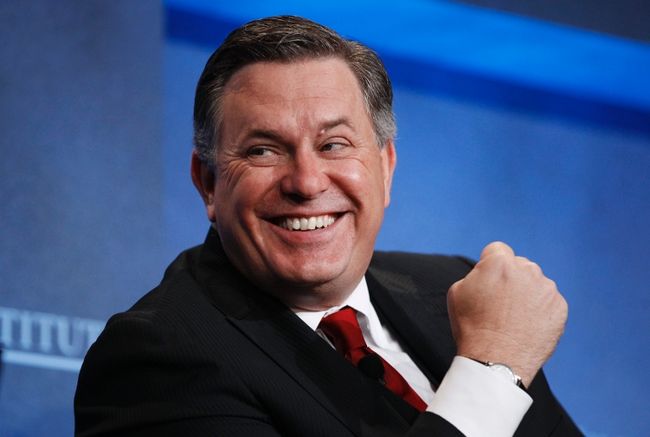Leiwekaayyyy! The man is gone. Spent a couple years in town, shook people down and is now heading out. What’s his legacy in Toronto? He hired the big-named Brendan Shanahan for the Leafs because everything he does is BIG. He got Drake to shine the Raptors brand with golden pixie dust, which was right after he fired Bryan Colangelo before he even took on the job. He hijacked Masai Ujiri backed to Toronto and rode the Rudy Gay-trade to #WeTheNorth, and somewhere in between managed to win the 2016 All-Star game sweepstakes and get approval to build a brand new practice facility on city land, despite the Ford brothers pompously objecting. He didn’t just take care of the “big” sports either, and got TFC out of obscurity and at least back into the conversation of being a proper MLS club by signing well-fitting free-agents at prices that make statements.
Tim Leiweke did a lot in a short amount of time, and may be if he got along with his bosses at Bell and Rogers, and the MLSE board, he could’ve done more. The Raptors are on the up-and-up from an on-court product perspective, and their reputation around the league has improved. Certainly, Drake, the All-Star game, the Kevin Durant rumours, and the home crowd in the playoffs have all helped in recovering a reputation that was arguably at an all-time low under the wavering leadership of Bryan Colangelo, who will be remembered as the Donald Rumsfeld of MLSE: all lies.
Leiweke has resuscitated the Raptors in his short tenure. The club wasn’t exactly in need of life support, but they most certainly had their legs broken, jaw busted, and spleen split open before Leiweke arrived on the scene with a gold-crusted first-aid kit. Though he’ll fall short of his promises to execute a carefully orchestrated parade that would culminate with him taking a wind-aided, sine curve piss from the top of the CN Tower, pound-for-pound, Leiweke has been one of the most influential personalities the Raptors have ever employed.
As well as the Raptors have done and as high as the organization is on the pungent smell of hope, there is a bubble here that could potentially burst if the on-court product fails to live up to expectations. In an increasingly competitive East the strategy of bringing back all free-agents is a safe one which counts on 1) improvement based on continuity, and 2) tactical ability to counter adjustments teams will make. If both hold true, the Raptors should be able to at least meet the required levels of success to pass the enthusiasm and good feels to the following season. The minimum threshold for a relatively successful season, in my view, is a first-round win. It would be the first time in 14 years the Raptors would have won a playoff round, and would at the very least endorse the steps Leiweke has taken, while planting even more seeds of enthusiasm on their way to the All-Star game the following year.
If things fall by the wayside and disaster strikes for whatever reason, there’ll definitely be a sourness around the club, except that a pivot is much easier to make due to the Raptors salary structure. The Raptors will be owing $47M in salary for the 2015-16 season, and will have plenty of assets to make moves. Fast-forwarding another year, they only have $30M in guaranteed contracts. The idea of having shorter time windows where a product is tested, feedback received, and adjustments made is much preferable to committing a big percentage of the cap to two or three players over a long period of time. That model is close to being obsolete and is being replaced by a shorter feedback loop which, based on intelligent cap management, allows room for tinkering without long-term risk. Basically, the opposite of what the Knicks have been doing for the last 15 years.
This whole thing reminds me a little of the Lean Startup: Idea -> Build -> Product -> Measure -> Data -> Learn.
The way I see it, the Raptors have finished the first iteration, and started iteration two. Here’s how it plays out:
- Iteration One
- Idea: Instead of a Rudy Gay iso-heavy offense, let’s create a socialist structure based on chemistry and ball-movement
- Build: Pull Rudy Gay trade, install guys like Patrick Patterson and Greivis Vasquez as rotation players. Free Terrence Ross
- Product: A team that conforms to the idea
- Measure: Let’s see how the team performs post-trade and in the playoffs
- Data: Good enough to take the Nets to 7-games
- Learn: Need more defense at the wings; need scoring off the bench; Kyle Lowry is legit; Build around DeMar DeRozan
- Iteration Two
- Idea: Address what we learned in Iteration One. Let’s swing for potential in the draft, take care of the wing defense on the cheap, and give another shot to the same group
- Build: Get James Johnson for the defense part, swing for the fence with Bruno Caboclo; get Lou Williams for scoring
- Product: ?? This is where the Raptors are, they’re about to form the product in the first half of next season
I like the model as long as you retain the ability to pivot, and that requires a lean cap structure which Ujiri has done a masterful job of creating. In fact, this might be the only model that can work for small-market teams who are forced to try different formulas and combinations until they find a winning one. Having movable assets of all different sizes and shapes is what will breed success in the new NBA, and this will be even more relevant in the post-2016 CBA. Second-round picks, partially guaranteed expiring contracts, trade exceptions, protected first-round picks, front-loaded contracts, mid-level exception splits and other kinds of investment vehicles are becoming increasingly critical to being relevant in the NBA. Ujiri may not have made loud free-agent signings, or pulled off big summertime trades, but he’s positioning the Raptors in a way that allows him to hedge his bets while having the assets to make a significant move, as long as he sees it taking the Raptors to the next level.
It’s all about remaining competitive in the short-term while retaining the option to change in the medium-term, provided you’re in line with long-term success.



